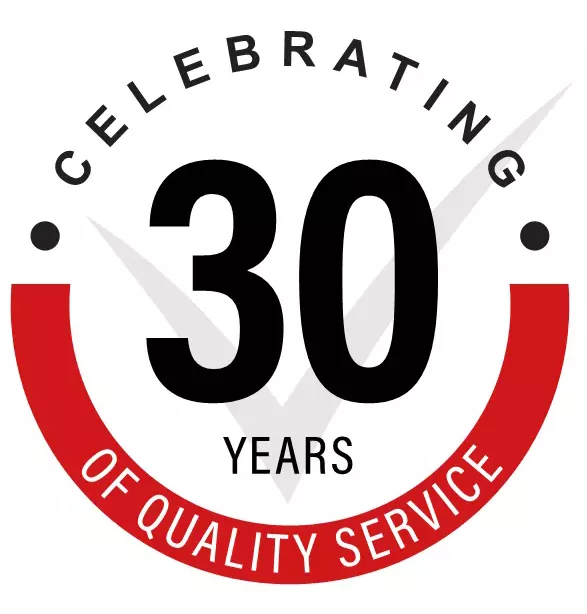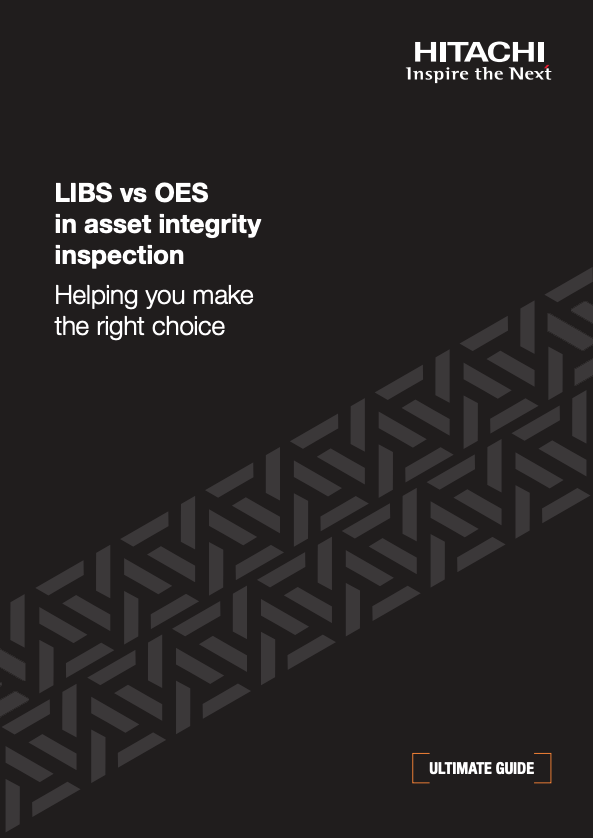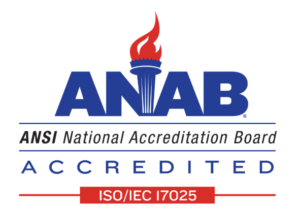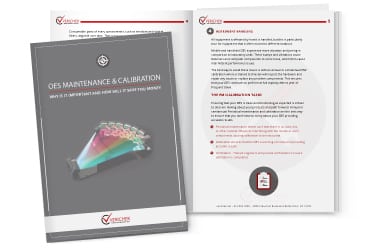A recent whitepaper from Hitachi offers a thorough look at laser-induced breakdown spectroscopy (LIBS) and optical emission spectroscopy (OES) in relation to their use in product material identification (PMI). Industry regulations, scheduled inspections, and regular maintenance mean non-destructive testing (NDT) for PMI is integral to industrial plant operation and a necessary part of everyday business.
Why Compare LIBS & OES?
Many industries rely on LIBS and OES technologies to verify the integrity of materials and prevent catastrophes. These PMI analyzers must be able to withstand the rigors of remote locations and harsh environments of large industrial plants.
The whitepaper articulates how OES technology has been trusted for years, but the rise of handheld LIBS has many wondering which analyzers should be trusted to deliver the full chemistry of a sample with precision and accuracy.
Regulations
There are extensive regulations for plant and pipeline testing thanks to many global incidents in which failures to adequately inspect materials led to injuries, fatalities, and other damages.
The regulatory landscape includes American Petroleum Institute (API) standards, which are widely recognized and consist of a comprehensive set of standards, specifications, recommended practices, and manuals. There is also the “Mega Rule” from the PHMSA (Pipeline and Hazardous Material Safety Administration), which involves ensuring gas transmission pipelines laid prior to 1970 are properly tested. China and the European Union also uphold strict pipeline regulations. The Hitachi whitepaper discusses these standards in detail.
The whitepaper then explains the importance of meeting regulations on a practical level by breaking down what needs to be analyzed on an elemental level. Carbon, which plays a crucial role in the behavior of steel, is discussed extensively. Other elements include manganese, phosphorus, sulfur, chromium, niobium, copper, molybdenum, nickel, silicon, titanium, vanadium, boron, and nitrogen.
LIBS vs OES Comparison
With so many elements that must be measured, even at very low levels, it’s important to have the proper metal analysis equipment for the job. The whitepaper examines the pros and cons of handheld LIBS and OES analyzers to determine which is best for the job.
The whitepaper observes that handheld LIBS cannot measure phosphorus, sulfur, or boron. Results indicate that LIBS is not accurate, but notes this should not be a problem in the field because LIBS can be type standardized to ensure accuracy. Additionally, the whitepaper calls into question the precision of LIBS; lack of precision could mis-categorize the metal grade, which can have serious consequences.
Also noted is the need to measure carbon equivalency, which requires measuring many elements. LIBS cannot measure boron and other elements, so it is impossible to accurately calculate the standard PCM CE formula.
Speed is also a factor when comparing these two technologies. OES simply needs a quick flush of argon through the optics to begin measuring, whereas LIBS will need recalibrated and buffer time ahead of analysis.
Whitepaper Conclusion
The whitepaper concludes by praising the advancements of handheld LIBS technology in recent years and recognizes that this device is the tool of choice for certain applications, like fast material sorting and aluminum grade classification. However, OES is still the leader for reliable carbon equivalent analysis because the process requires a range of elements to be measured.
It’s very tough to compare LIBS and OES as both have their benefits and drawbacks, but the whitepaper does a very good job of outlining each technology and the scenarios where they excel. Both have their place in the industry, and when considering a new instrument, you need to clearly define what elements are important to measure and to what detection limits. Additionally, make sure you work with the right partner that can assist you to purchase the instrument that best suits your application.
In addition to LIBS & OES, the whitepaper also dives into XRF as well. You can access the full whitepaper below to get a more in-depth comparison of technologies below.
If you’re currently in the process of choosing between these technologies, contact the Verichek team, and we’ll help you make the right decisions for your individual situation.



